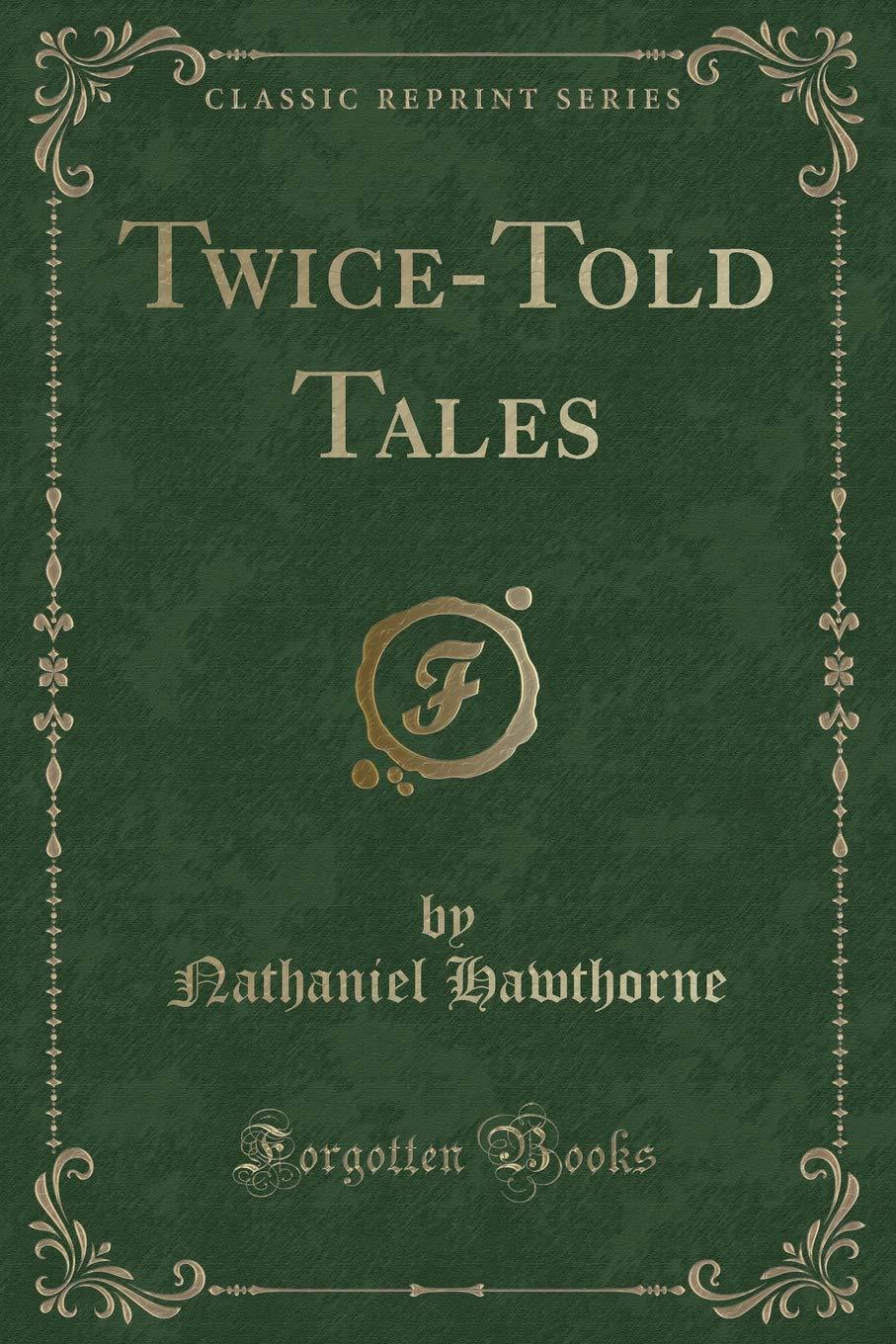Dictionary Definition of twice-told
Twice-told officially means well-known from repeated telling. The word is used chiefly in the phrase “twice-told tale“.
First Known Use
The word first took off around the year 1597, in the meaning above.
Various Meanings In Contemporary Use
Twice-Told Tales is a short story collection in two volumes by Nathaniel Hawthorne. The first volume came out in the spring of 1837 and the second in 1842. The stories were previously published in magazines and annuals, which formed a sort of pun for audiences used to the original meaning of ‘old’ and ‘well-known’.
But we can hardly call 1837 contemporary.
For a 2017 usage of the word ‘twice-told’ in publishing, take the example below. In the marketing copy of The Way Home In The Night (Yoru no kaerimichi), ‘twice-told’ means something quite different:
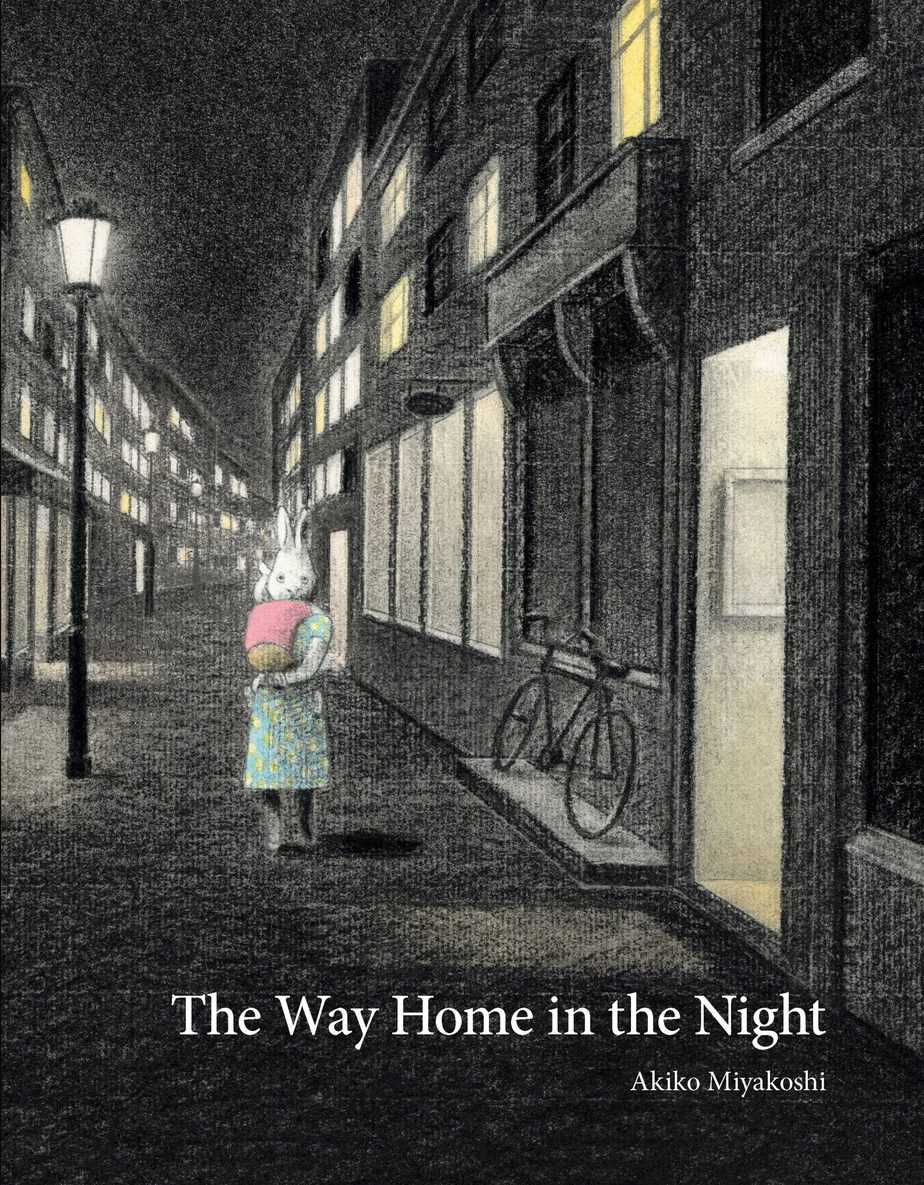
A mother rabbit and her young bunny are on their way home in the dark night. “My mother carries me through the quiet streets,” the bunny explains. “Most of our neighbors are already home.” The bunny can see their lights in the windows, and hear and smell what they might be doing: talking on the phone, pulling a pie out of the oven, having a party, saying goodbye. When they reach home, the father rabbit tucks the bunny into bed. But the bunny continues to wonder about the neighbors’ activities. “Are the party guests saying goodnight? Is the person on the phone getting ready for bed?” And what of the footsteps that can be heard in the street as the bunny falls asleep? “Will she take the last train home?”
This beautiful picture book captures the magical wonder a child feels at being outside in the night. Award-winning author and illustrator Akiko Miyakoshi’s softly focused black-and-white illustrations with just a touch of neutral color have a dreamlike quality, just right for nodding off to sleep with. The book is intriguing in that it contains twice-told stories, once as they are observed and second as the bunny imagines them. This offers a perfect prompt for young children to create extensions of other stories they have read or heard. A deeper reading could encourage critical thinking by comparing the different pastimes of the neighbors or, ultimately, what it means to be home.
MARKETING COPY
The picture book Night Walk is in some ways similar to The Way Home In The Night. Though not described using the phrase ‘twice told tale’, the walk at night offers a parallactic view of a different world from that seen by the child during the day.
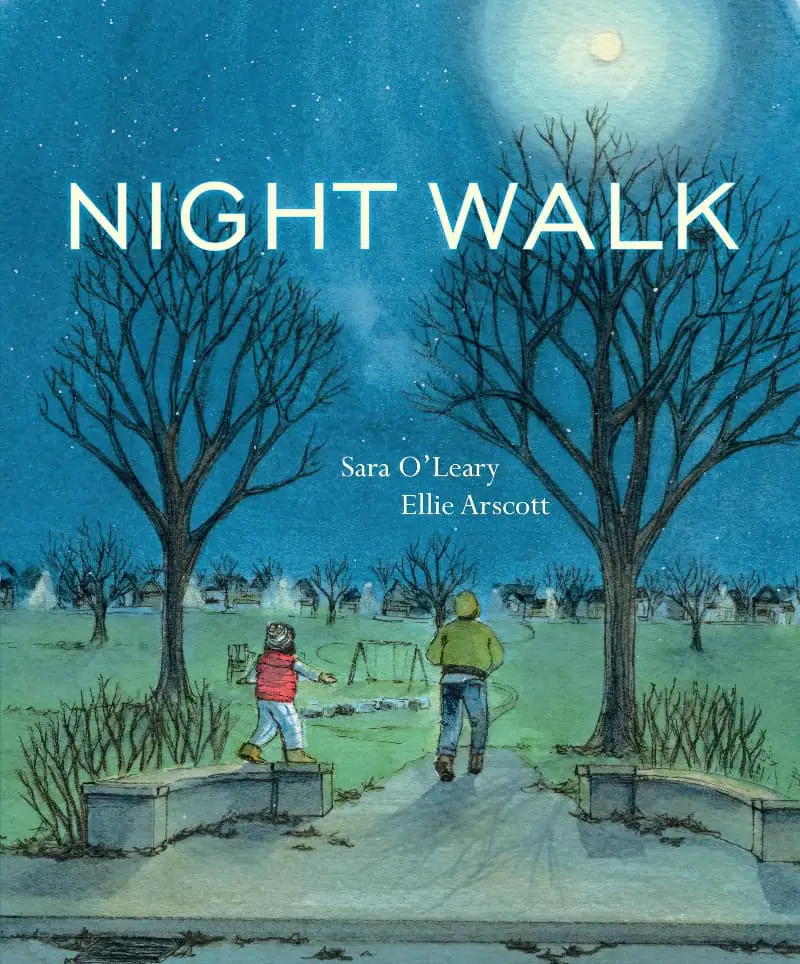
When a little girl can’t sleep one night, her dad asks if she’d like to go for a walk. They tiptoe through the silent house and step out into the dark.
It’s strange and exciting to be out so late. Walking down the street, the girl can see inside the lit-up windows of apartment buildings and houses where people’s lives are unfolding. Kids are having a pillow fight in one house, while a family has gathered for a festive meal in another. She and her dad reach the still-busy shopping area, walking past restaurants and enticing store windows, then stop for a tranquil moment in the park before returning home.
MARKETING COPY
Twice-told As Synonym For Literary Parallax
In this case, ‘twice told’ refers to the technique of literary parallax, which Impressionistic and Postmodern storytellers love.
Use In The High School Classroom
Twice-told tales in the parallactic sense are especially for inspiring creativity. They demonstrate to students that there is no one way to interpret a work of art, be it writing or image.
There are a number of short story compilations available which take a single work of art and ask various writers to interpret it. One example is Twice Told: Original Stories Inspired by Original Artwork, aimed at a young adult audience.
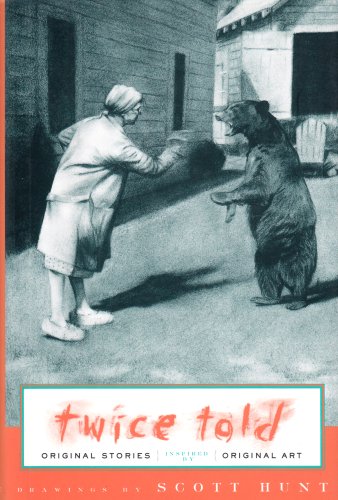
Artist Scott Hunt provided 9 charcoal drawings and 18 authors for teens wrote short stories inspired by them.
There are two stories for each picture, showing young creators that there is no “right” way to interpret a picture.
An Australian example is the short story collection Cahill Expressway. Various writers each contributed a story inspired by the famous painting.
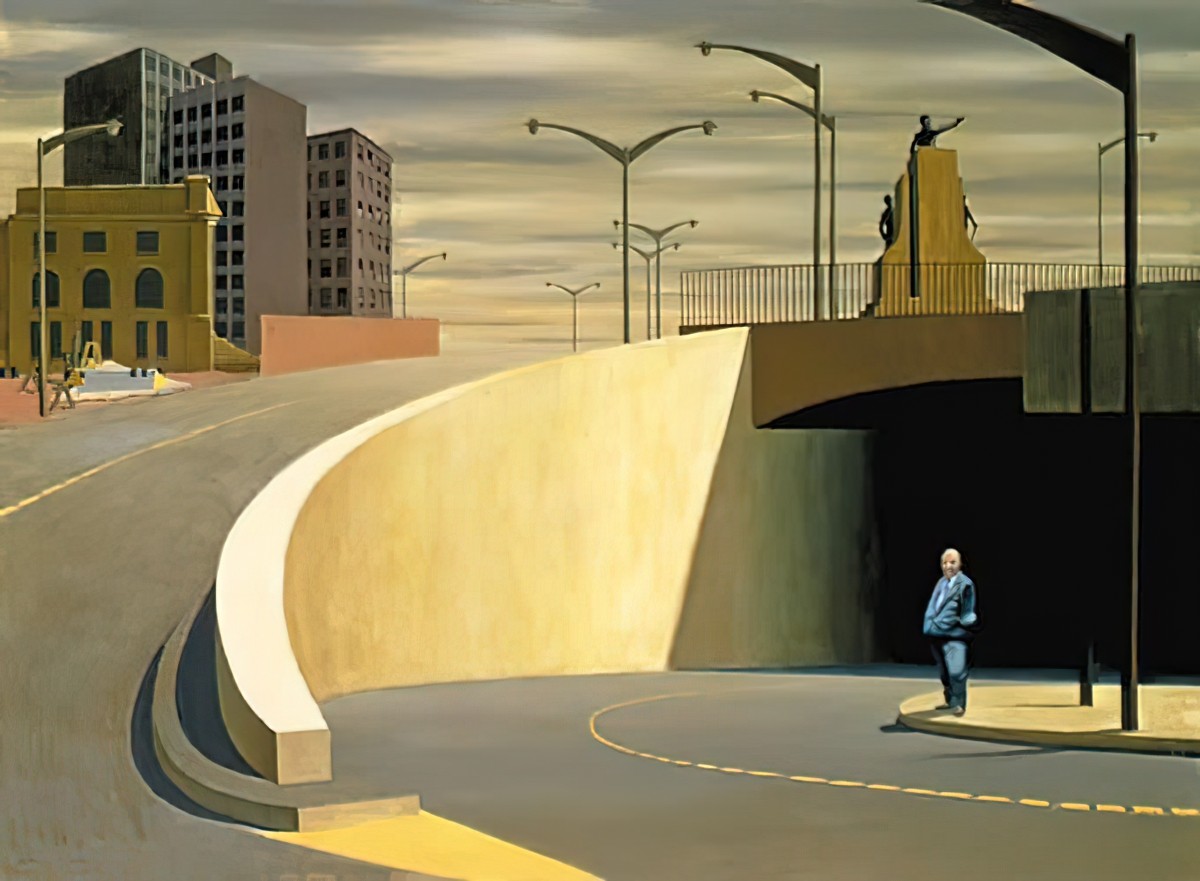
The book is called Expressway: Twenty-Nine Australian Writers Respond to Helen Daniel’s Invitation: Stories Based on Jeffrey Smart’s Painting “Cahill Expressway”. Unfortunately, both books above are increasingly difficult to find.
Note that Australian picture book writer and illustrator Shaun Tan included a pastiche of Jeffrey Smart’s Cahill Expressway in his book The Lost Thing.
Tan’s picture book Rules of Summer lends itself extremely well to class exercises in which every student writes a different story about one of the pictures within. Primary aged students do very well when asked to write their own Rules of Winter, for example.
